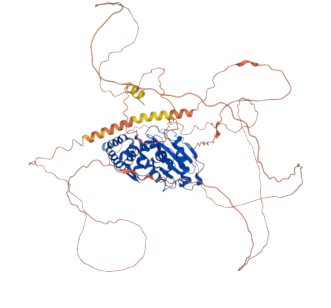Ancient Seafaring: Scientists Recreate Prehistoric Ocean Crossing

In an unprecedented experimental voyage, researchers have successfully replicated a prehistoric ocean crossing using a dugout canoe, shedding light on how early humans navigated vast ocean expanses. This project, which took place in June 2025, involved paddling from Ushibi, Taiwan, to Yonaguni Island, Japan, a distance of approximately 140 miles (225 kilometers) across the East China Sea. The crew, consisting of four men and one woman, faced the formidable Kuroshio current, one of the strongest ocean currents in the world, completing the journey in over 45 hours.
The study, led by University of Tokyo anthropologist Yousuke Kaifu, utilized period-accurate tools and methods to construct the canoe, named Sugime, from a Japanese cedar tree in the Noto Peninsula. The researchers aimed to simulate techniques that Paleolithic people might have employed around 30,000 years ago, a time when our ancestors began migrating from Africa and reached some of the most remote areas of the planet. The construction of the canoe involved using a traditional axe and an adze, both replicas of tools believed to have been utilized by early humans.
"Through the project, we have gained profound respect for our Paleolithic ancestors who faced significant challenges in crossing the ocean with limited technology," said Kaifu. He emphasized that the successful crossing demonstrated that skilled paddlers and navigators could indeed traverse the Kuroshio current using dugout canoes. The crew also navigated by the sun, stars, and ocean swells, akin to methods likely employed by their ancient counterparts, although for safety reasons, they were escorted by two additional boats.
The findings of this study, published in the journal *Science Advances*, provide valuable insights into the maritime capabilities of early humans. Archaeological evidence suggests that around 30,000 years ago, these ancestors first crossed from Taiwan to the Ryukyu Islands, including Okinawa. Kaifu noted that while previous attempts to replicate such crossings using reed and bamboo rafts failed due to their inability to withstand the ocean's harsh conditions, the dugout canoe proved to be a more effective vessel for navigating the strong currents.
In a companion study, physical oceanographer Yu-Lin Chang from the Japan Agency for Marine-Earth Science and Technology used simulations to analyze historical sea conditions, concluding that crossing the Kuroshio would have been feasible in ancient times, although unpredictable weather could have posed significant risks. Chang's research highlights how the ocean conditions were likely even more challenging then, making the achievements of early mariners all the more remarkable.
This experimental voyage echoes the famous 1947 Kon-Tiki expedition led by Norwegian explorer Thor Heyerdahl, who sought to prove that ancient peoples from the Americas could have settled Polynesia. However, Kaifu points out that contemporary research offers a more robust framework for understanding prehistoric maritime migration, supported by extensive archaeological evidence.
The implications of this research extend beyond academic curiosity; they challenge our understanding of human ingenuity and adaptability. As modern researchers continue to explore the capabilities of early humans, they uncover stories of resilience and innovation that shaped the course of human history. Future studies may further elucidate the navigational techniques and social structures of these ancient mariners, contributing to a more comprehensive understanding of our ancestors’ journeys across the seas.
Advertisement
Tags
Advertisement





